When you have students who aren’t reading yet — Level A or Level 1 is still too difficult for them — what should these kiddos be doing during guided reading?
My answer is…guided reading! 🙂 But guided reading does look different at the Pre-A level.
In this post, I’ll share ideas for what you might work on and address in a Pre-A guided reading lesson. I also have a free template for a Pre-A guided reading lesson for you!

What do your students need?
Before you can define what your Pre-A guided reading lessons will look like, it’s important to get clear on what your students need. Because Pre-A readers can all be very different from each other in their abilities!
For example, some kids may not know how to write their names, and they don’t know any letter names or sounds. On the other hand, some of your Pre-A readers may know most of their letter sounds, but they still aren’t quite ready to work with Level A texts.
You’ll want to use some type of assessment to figure out what your students need to work on. I recommend assessing:
- Letter name and letter sound knowledge
- Name-writing ability
- Phonological awareness (ability to identify the first sound in a word, and the ability to determine whether or not two words rhyme)
- Print concepts (holding a book correctly, distinguishing the print from the pictures, attempting to point 1:1, etc.)
I have a beginning-of-the-year assessment that addresses a few of these things. You can grab it for free HERE. Beyond that, check to see what your school has available to you, and you might also want to check out the assessments included in your Reading A to Z subscription, if you have one.
What skills should you cover in a lesson?
Once you know what your students need to work on, you can determine the skills that you most want to focus on.
These might include:
- Letter name identification
- Letter sounds
- Name writing
- Matching lowercase and capital letters
- Identifying letters by their shape (for students who know very few letter names and still need to get familiar with what letters look like — do they have holes? lines? curves?)
- Syllabicating words orally (clapping syllables)
- Identifying whether or not two words rhyme
- Generating rhyming words (for more advanced students; it’s typical for students at the Pre-A level to NOT be able to do this yet)
- Identifying whether or not two words start with the same sound
- Producing the first sound in a word
- Letter formation
- Identifying parts of a book (front cover, back cover, title, author/illustrator, title page, picture or photograph, words)
- Identifying print features (letter, word, space, sentence, first letter, last letter, first word, last word, ending punctuation)
- Print tracking behaviors (pointing 1:1, reading left to right, return sweep)
- Simple sight words
- Writing words by their sounds
- Spacing between words
- Using a capital letter and ending punctuation
- Oral language and vocabulary
- Listening comprehension
I’m sure I’ve left something out, so feel free to add on in the comments! 🙂
Here are a few pictures of activities that address some of these skills:
In this activity, we sort letters by whether or not they have holes.
I often use a traditional alphabet chart with my students, but I also like to throw in this special letter sound chant. We say, apple, apple, /a/ /a/ /a/. Butterfly, butterfly, /b/ /b/ /b/. This also helps with pointing one-to-one, tracking left to right, as well as the return sweep.
In this activity, I provide the capital letters and students find their lowercase “partner.”
In this activity, I provide some capital and some lowercase letters. Students have to fill in the missing “partner.”
Students write the first letter sound that they hear in the word.
I often have students read very simple, AA books during a Pre-A lesson. (I read it to them first, or we do a choral read or an echo read. I go into more detail about book-reading later on in this post!) We then sometimes do a sentence cut-apart activity. I take a sentence from or related to the book, cut it apart as students watch, mix up the words, and then have them help me put the words back in order. This activity is great for teaching letter sounds, spacing, punctuation, and general print concepts.
How can I fit all of this into one lesson?
Realistically, you probably shouldn’t try to fit it all into one lesson!! I’ve found it helpful to pick a core set of activities that we do during each lesson + a few optional activities that I rotate between.
If you look at that sample template, there are activities designed for “All / Most Lessons,” as well as activities labeled “Choose One.”
If you’d like to use this template, you can download a PDF version here, or an editable PowerPoint version here.
What about actual reading?
Yes, there are lots of hands-on activities that we can do with our Pre-A readers. Yes, they need to learn letter sounds and other isolated skills.
BUT this is still guided READING, right?! 🙂
As you’ll see in my Pre-A guided reading lesson template, I include book reading in every single Pre-A lesson I teach.
That said, it’s not that I hand my students a book and tell them to read it! At this level, the book work might be:
- A readaloud (great for working on listening comprehension and vocabulary — I do this with a book that is much more advanced than what students could read on their own)
- A shared reading (kids read along with me — an ideal time to model basic decoding strategies. At the Pre-A level, I’d do this with a Level A text)
- A choral read (we all read a simple AA / A text together, at the same time, and then students whisper read the book on their own afterward)
- An echo read (I take a simple AA / A text and read the first page to students, and then have student echo me; students whisper read the book on their own afterward)
One central goal of my Pre-A guided reading lesson is to get students to the point where they can read a Level A text, so it’s important that I have them work with books frequently.
Need materials for your Pre-A guided reading lessons?
Pre-A lessons can require a lot of preparation and “stuff!” I created my Pre-A guided reading activity binders to save myself some prep time.
First, I make a binder for each student in the group. (However, the binder is not specific to one particular student. If I have two Pre-A groups with 3 students in each group, I only make 3 binders, not 6.)
The binders contain the activities featured in this post (and more). You won’t have students do each activity every day, but you’ll have all of the main templates in one place. This saves sooo much time during your lessons because you won’t constantly be passing out materials!
Then, I make my teacher book with all of the lesson plans and activity descriptions.
You can print and bind the teacher book like I did, or just use it digitally on your tablet or computer to save paper!
My Pre-A resource also has some simple Level AA books to use in your lessons!
You can get the materials to make your own Pre-A guided reading binders HERE!
Happy teaching!

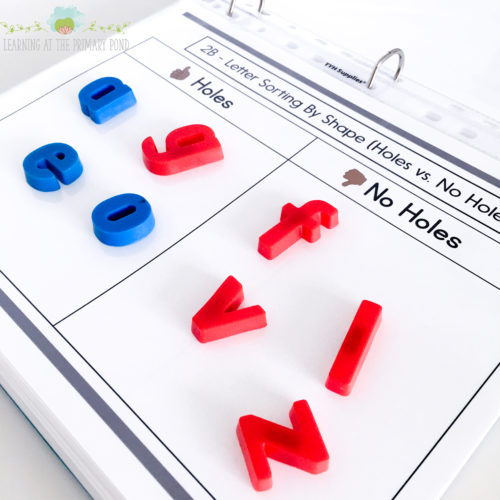
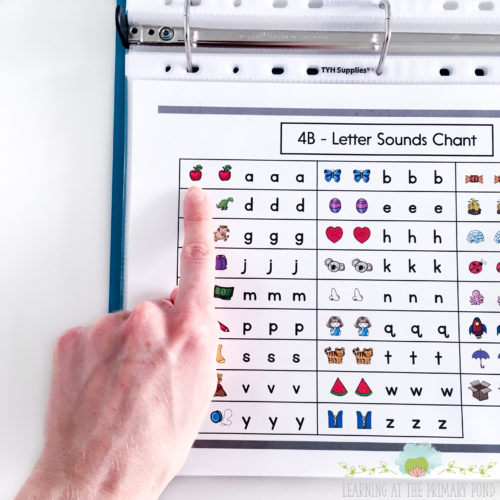
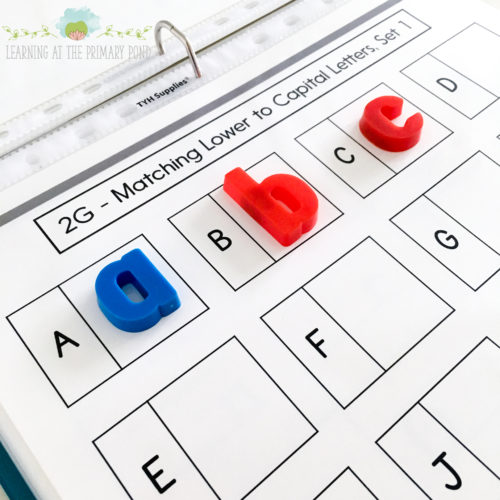
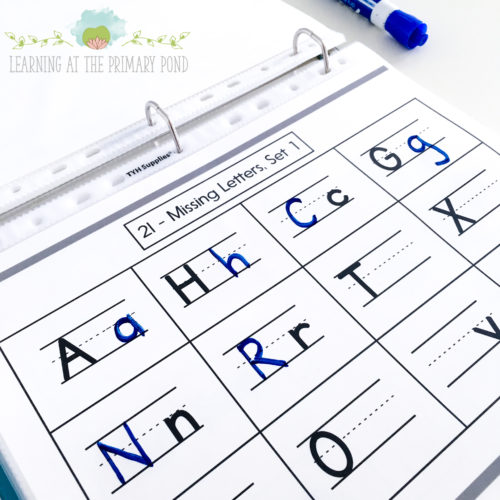
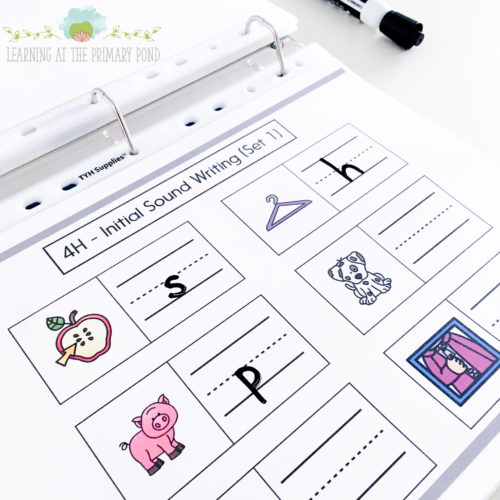
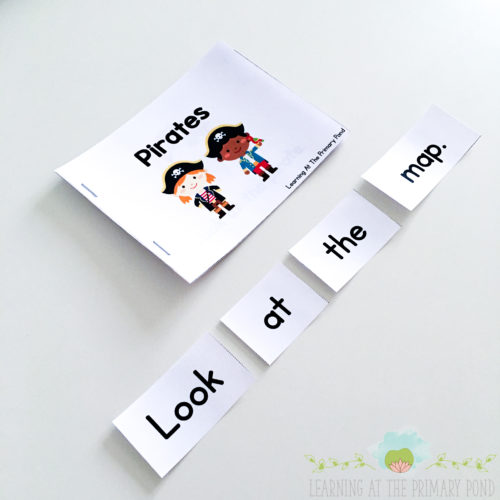
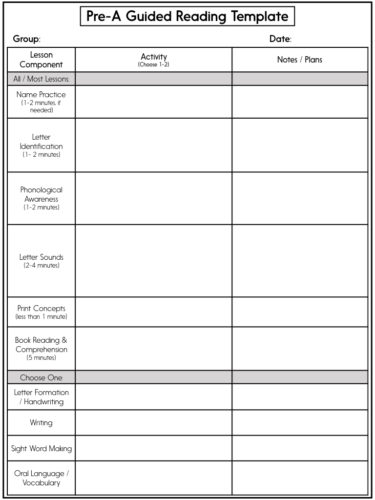
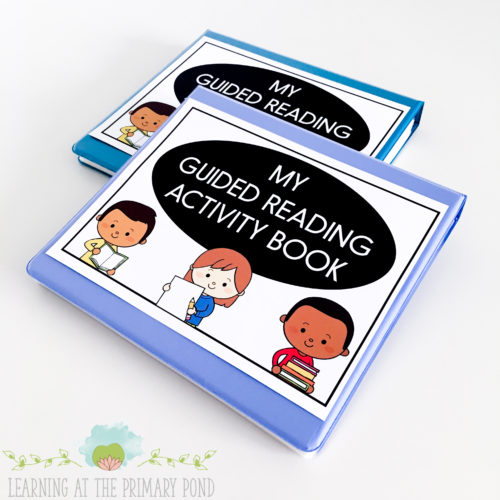
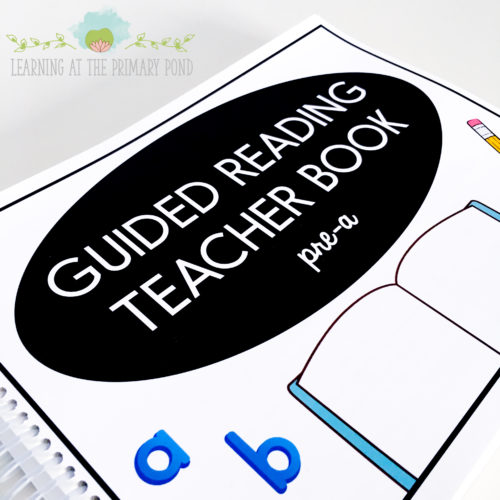
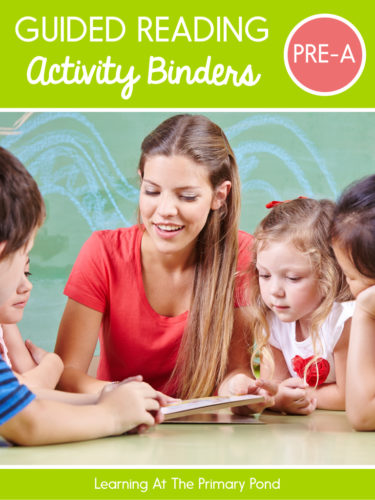
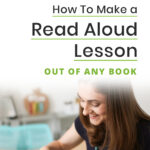
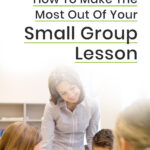
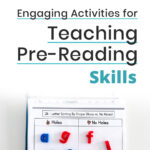
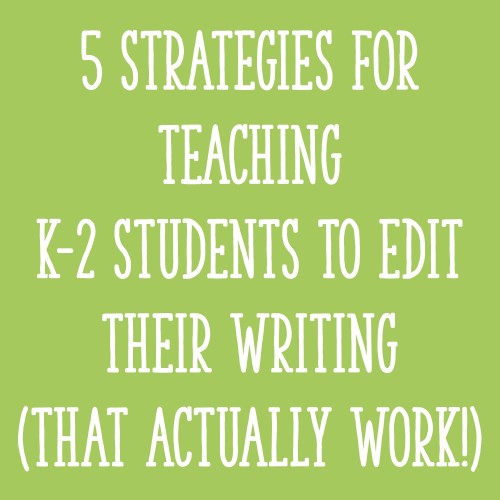
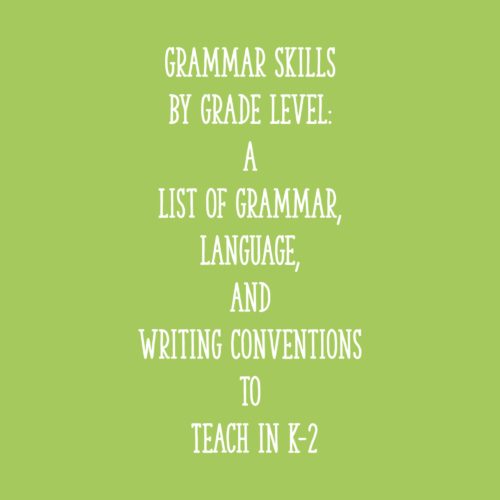
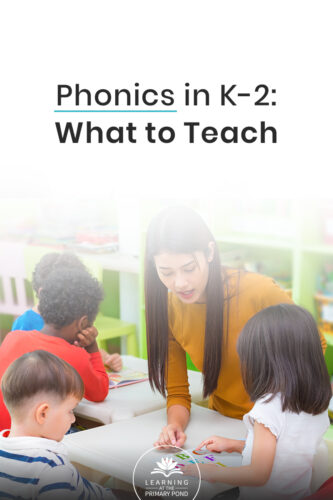

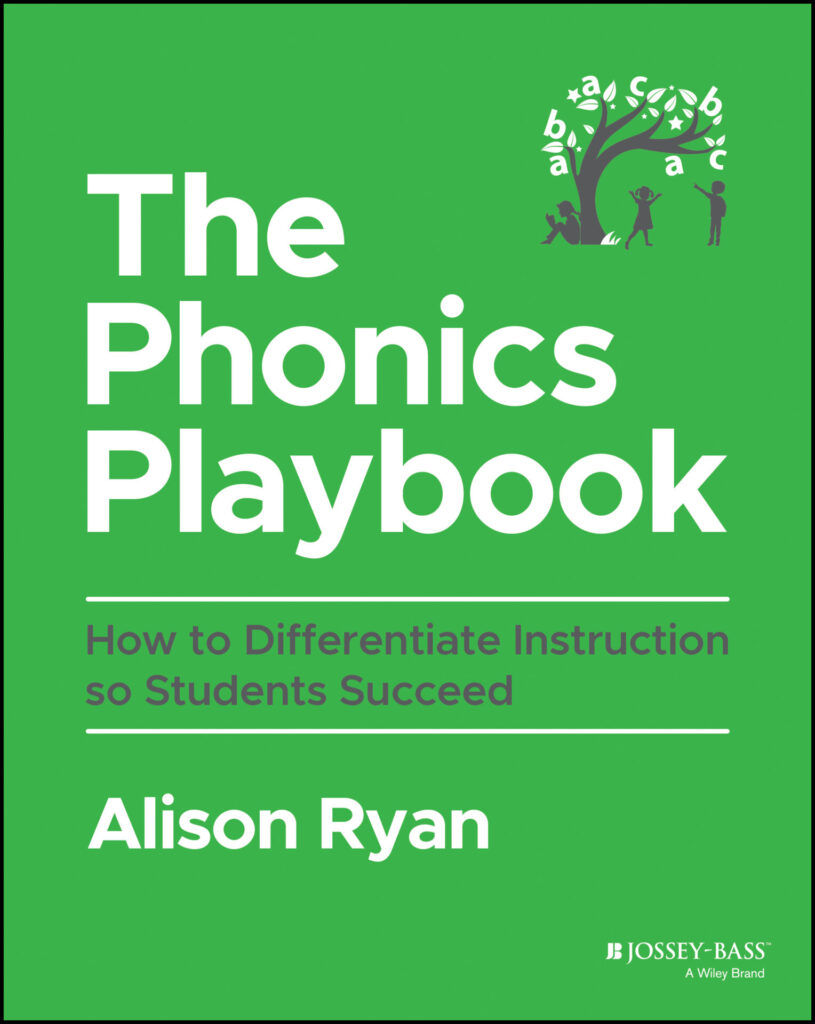




Such a great resource that I will be using next year!! I was not able to click to get your free assessment resource. Is there something wrong with the link?? Thank you!
Hey Amy! Sorry about that – I think it should be fixed now. 🙂
Alison
Hi Alison do you have the Pre-A guided reading binder materials in Spanish?
Hi Darlene! I don’t have this exact resource in Spanish, but you can check this out: https://www.teacherspayteachers.com/Product/Spanish-Letter-Sounds-Intervention-Pack-for-Kindergarten-or-First-Grade-547739
Thanks for reading!
Alison
Do you have this in Spanish? I always have some students that are pre level A and need additional help. I already have your escaleras de fluidez and it has helped me teach students to read and shows their progress. Sometimes my low students take a long time to move up to level A or B. Thanks
Hi Brenda! I do not have this in Spanish, but something that I use with my Pre-A bilingual readers is this: https://www.teacherspayteachers.com/Product/Spanish-Letter-Sounds-Intervention-Pack-for-Kindergarten-or-First-Grade-547739
I hope this helps!
Alison
Love this thanks so much!
Hi Lisa,
I love the information ib this article!
Thank you for organizing and sharing your ideas. Unfortunately, I when I click on the links to look at the information you have shared, nothing happens.
Hello Lisa,
I was able to connect to TPT once I downloaded the printer friendly version.
Thanks for the great resource!
Thanks, Denise!! 🙂 I fixed the link – sorry for the trouble!
Alison
I am very interested in the kindergarten guided reading webinar. I can’t watch the 7:00 one, but I could watch at 8:00. Do you ever leave your webinar open for another hour after the scheduled time? Thanks. Jennifer
Hey Jennifer! At 8:00, we will still be finishing up. You can definitely join at that time, but you will just catch the tail end. You are still welcome to sign up and wait for the recording! As long as it does record correctly (fingers crossed), I always send it out later. 🙂
Alison
Hello! I wonder if there’s any difference with the lesson components for a PreA lesson in Spanish guided reading?
Hi Candida! The format is very similar when I work with Pre-A Spanish readers – we don’t work on sight words at that level in Spanish, however.
Writing is also great for helping Spanish readers learn the sounds, because there’s such a strong, consistent correlation between letters and sounds in Spanish. 🙂
Alison
Thank you very much Alison, you have been most enlightening!
You really transmit your passion and great competence.
Truly inspiring!
Aw thank YOU! I appreciate that so much!
Alison
I have really enjoyed every post and tip/training you provide to teachers. My biggest issue with teaching reading is time. I teach in a half-day kindergarten class with twenty-six students, five are English Language students in the mix. I have two hours to teach all of language arts including writing and social studies. I have a mandatory thirty minutes of EL instruction, half of the time can be has to be designated with just the five students. I have to do most of my teaching whole group. I want to do small groups. Please any suggestions would be wonderful. Thank… Read more »
Half day is so tough, Tracy!! If you haven’t seen this post, you can take a peek at it – it includes half-day schedule ideas: https://learningattheprimarypond.com/blog/how-to-build-a-balanced-literacy-block-for-kindergarten/
Alison
Thank you for the much needed information. Can’t wait to start.
Ty!So excited to use this!
Love this , great attention to detail
Good materials!
Thank you this looks very resourceful I intend to use it this year thanks for sharing.
I’m so glad it’s helpful!!
I have 2 grandchildren. One is in Pre-k the other in first grade. My niece is in preschool. This is great information!! Thanks for sharing your time and knowledge.
Beautiful ideas, highly educative and fun.
Thank you!!
Any suggestions for preverbal students with significant support needs in teaching the pre-A level reading skills
Hey Melanie! I think hands-on activities are the best for preverbal! Get their little hands doing tactile work with letters! Verbal skills will come eventually with repeated exposure to the letters and letter sounds.
This is a great resource. My 5 year old grandson comes after school 3 days a week from kindergarten. He is behind with letter recognition and sounds and of course needs writing practice. He is motivated by games. Chess monopoly cards like war but numbers come easily. I like the games you offered particularly since they are on paper and not on a screen. And writing a letter and learning the sound is great reinforcement. Thank you so much for your thoughtful ideas. Can’t wait to implement them.
So glad you can use these ideas with your grandson!